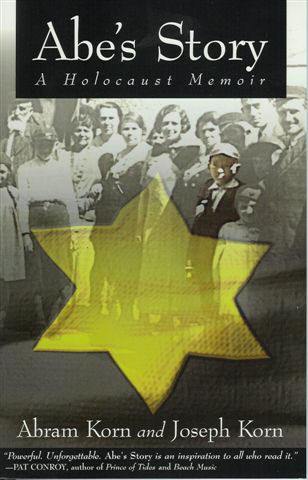Return to The Aftermath | Facts
Command Staff At Auschwitz
Fritsch, Hauptsturmführer (Credited with the first use of Zyklon-B as means of exterminating human subjects. See Breitman, 202)
Grabner, Maximillian. Head of Political Department
Hoess, Rudolf Franz (1900-1947). Hoess joined the Nazi party in 1922. In 1923, he was implicated in a murder and imprisoned to serve a life sentence. He was released as a result of a general amnesty, in 1928. After training during service at Dachau and Sachsenhausen, he was rewarded for his loyalty with a promotion to the rank of SS-Hauptsturmführer (see Glossary) and the commandant’s job at Auschwitz, where he remained until December of 1943, when he was promoted to chief of the Central Administration for Camps. (Sachar. Request auschwitz hoess.01, auschwitz hoess.02, auschwitz hoess.03)
According to Snyder, ” He performed his job so well that he was commended in a 1944 SS report that called him “a true pioneer in this area because of his new ideas and educational methods.”
Hoess was captured in May, 1945, and was a key witness at Nuremberg (Kaltenbrunner, I.G. Farben et al). During this period, he wrote his autobiography, “Commandant of Auschwitz: Autobiography of Rudolf Hoess.” (Cleveland: World Publishing, 1959) His statement is available in the original German text, and in English translation. (Request hoess.statemen)
According to Sachar, he, “…took pride in his exemplary family life, the devotion to his children and his pets. He recalled, wistfully, how he had been obliged to tear himself away from a Christmas gathering to attend to duties at the gas chambers. The daily death quota then was still a mere 1,500, but he was eager to make sure it was met. When one of his lieutenants was condemned to death for his part in the Auschwitz murders, Hoess and his family lamented `Such a compassionate man, too. When his pet canary died, he tenderly put the body in a small box, covered it with a rose, and buried it under a rose bush in the garden.'(Hoess, 25) (Sachar)
During his trial, the evidence “…repeated…what he had written…” in his autobiography. “He described, with the dispassion of a robot, how he had gradually stepped up executions, beginning with a few hundred a day and then, as methods were perfected, rising to 1,200. By mid-1942, facilities had been sufficiently enlarged to dispatch 1,500 people over a twenty-four-hour period for the smaller ovens, and up to 2,500 for the larger ones. By 1943, … a new daily peak of 12,000 was achieved. Hoess described the final routines of the extermination process. These were assigned to squads of Jewish prisoners, the Sonderkommandos. They marched the victims to the gas chambers, helped to undress them, removed the corpses after the gassing, extracted gold from their teeth and rings from their fingers, searched the orifices of their bodies for hidden jewelry, cut off the hair of the women, and then carted the bodies to the crematoria. Usually after several weeks of such service they were executed, first because they were Jews but also so that they would not be witnesses if ever testimony were required.” (Sachar)
Hoess was tried in Warsaw, in March, 1947, and condemned to death. (Hanged on April 7 at Auschwitz.)
Kramer, Josef. Commandant at Birkenau.
Mandel, Maria
. Head of the women’s camp at Auschwitz after serving at Ravensbruck.
Medical Staff
Clauberg, Karl
. Pursued his experiments on live specimens in Auschwitz. Involved in sterilization projects there. (Laska, 222)
Dr. Wladyslav Dering
. Dering was a Polish prisoner
Gebhardt, Karl
. Involved in vivisection projects at both Ravensbruck and Auschwitz. Shot as war criminal in 1948. (Laska, 225)
Kremer, Johannes Paul
. Vivisection. Hanged. (Klee, 258)
Mengele, Josef (1911- ?)
. Mengele was appointed chief doctor at Auschwitz by Himmler in 1943. He joined Drs. Klein, Koenig, and Thilon in running the selection process. Bibliography: Gerald L. Posner and John Ware, “Mengele: The Complete Story”, New York, McGraw-Hill Book Company, 1986.(Snyder) Mengele is believed dead, but his fate remains unknown. (See the 1991 “Children of the Flames,” for citations regarding Mengele’s experimentation on twins)
Oberhauser, Herta
.
Schumann, Horst
.
Return to The Aftermath | Facts



